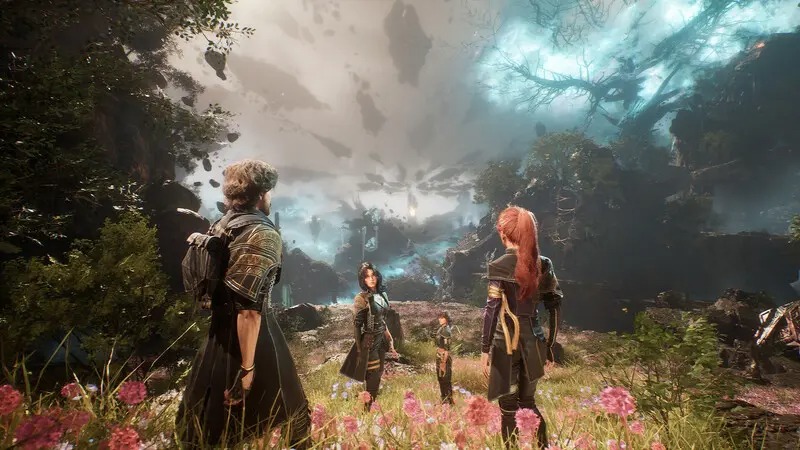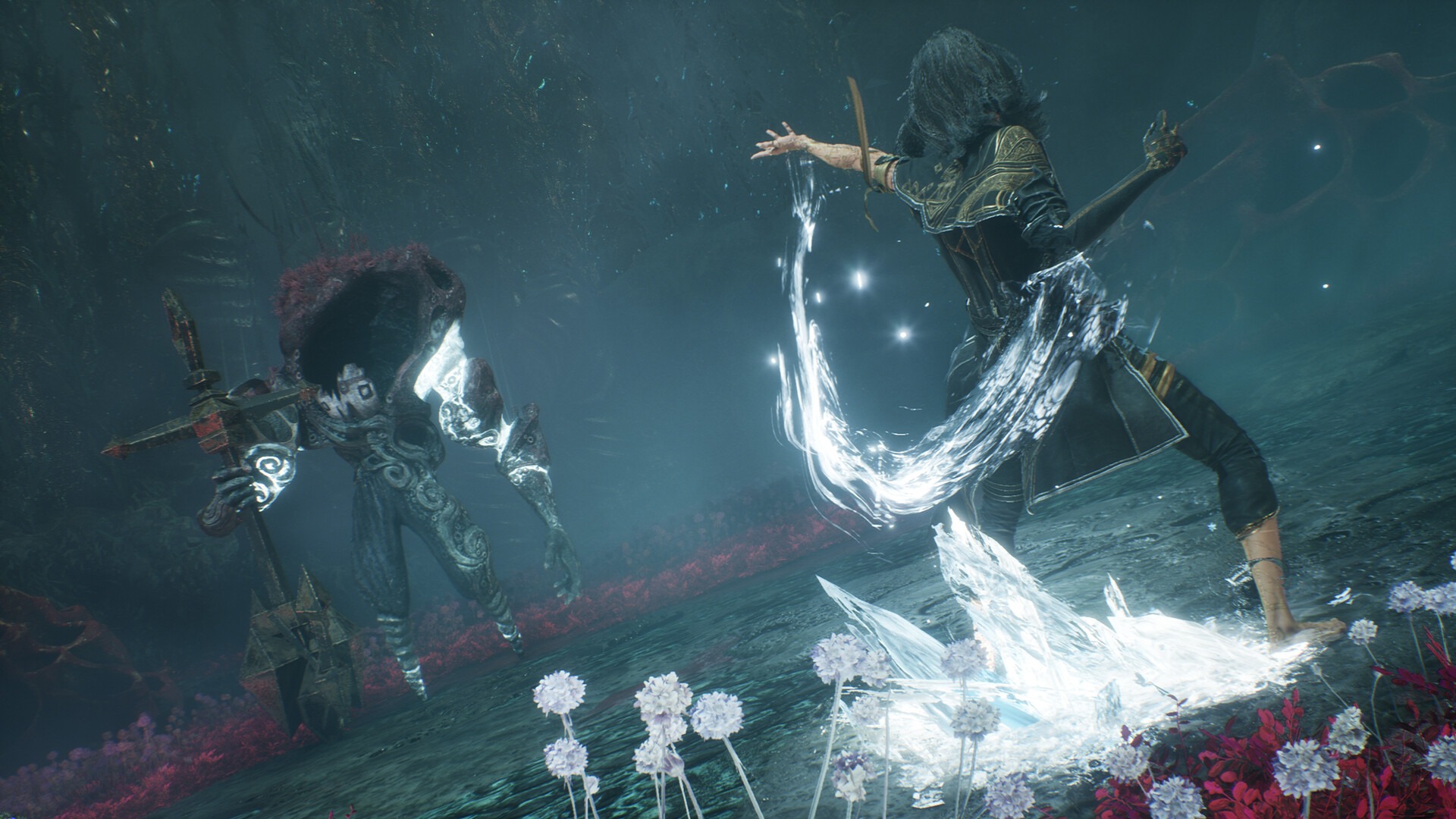Clair Obscur Devs Share the Reason Behind the Lack of Mini-Map
Popular Now
 Black Myth: Wukong
Black Myth: Wukong
 Poppy Playtime
Poppy Playtime
 Sonic the Hedgehog™ Classic
Sonic the Hedgehog™ Classic
 Candy Crush Saga
Candy Crush Saga
 Auto X Drift Racing 3
Auto X Drift Racing 3
 EMI Calculator App & Loan EMI
EMI Calculator App & Loan EMI
 Toca Boca World
Toca Boca World
 Warframe
Warframe
 Roblox
Roblox
 NBA 2K24
NBA 2K24

As anticipation builds for the release of Clair Obscur: Expedition 33, fans have begun dissecting every detail revealed by the developers. One of the more surprising aspects that has caught attention is the absence of a mini-map—a staple in most modern RPGs and adventure games.
In a recent interview, the development team behind Clair Obscur explained their design philosophy and why choosing to exclude a mini-map was intentional and tied closely to the game’s core experience.
A Bold Move Toward Immersive Exploration
According to the developers, the choice to omit a mini-map wasn’t due to technical limitations but a creative decision to encourage organic exploration. By removing constant on-screen navigation tools, the game invites players to engage more deeply with the world, environments, and level design.
“We want players to look up and around—not down at a corner of the screen,” one of the lead designers said. “Clair Obscur is about discovery and emotional storytelling. Having a mini-map constantly guiding you would diminish that.”

Emphasizing Environmental Storytelling
One of Clair Obscur’s key strengths lies in its visual storytelling and environmental cues. The game world is designed to naturally guide players through subtle visual markers, lighting, and level structure. Without a mini-map, players will have to pay closer attention to the surroundings, follow environmental breadcrumbs, and trust their instincts.
This approach leans heavily on player immersion—something the developers believe is critical to the game’s tone and atmosphere, especially considering its artistic, surrealist setting.
A Growing Trend in Modern Game Design?
While many games still rely on HUD-heavy interfaces and mini-maps, a growing number of titles—such as Elden Ring or Hollow Knight—have proven that less UI can lead to more rewarding gameplay experiences. Clair Obscur is joining that movement by trusting players to navigate on their own and learn the map through experience, not reliance on icons.
This design choice could also appeal to gamers who prefer minimalist HUDs and want to become more immersed in their surroundings without constant visual interruptions.

What This Means for Gameplay
Without a mini-map, players can expect a more deliberate pace as they traverse Clair Obscur’s world. There may be more backtracking, note-taking, or mental mapping involved, but this also allows for a sense of discovery and ownership over each journey.
Developers assure fans that, despite the lack of mini-map, the game will include other subtle navigational aids like signposts, landmark visibility, and character dialogue hints to avoid unnecessary frustration.
Final Thoughts
The decision to exclude a mini-map in Clair Obscur: Expedition 33 might seem controversial at first, but it aligns with the game’s artistic and exploratory ambitions. By focusing on immersion, discovery, and player-driven navigation, the developers are challenging traditional game design in a way that could make Clair Obscur stand out in a crowded RPG landscape.
For fans who enjoy deeply engaging worlds and non-linear exploration, this could be a refreshing change that enhances the overall experience.





